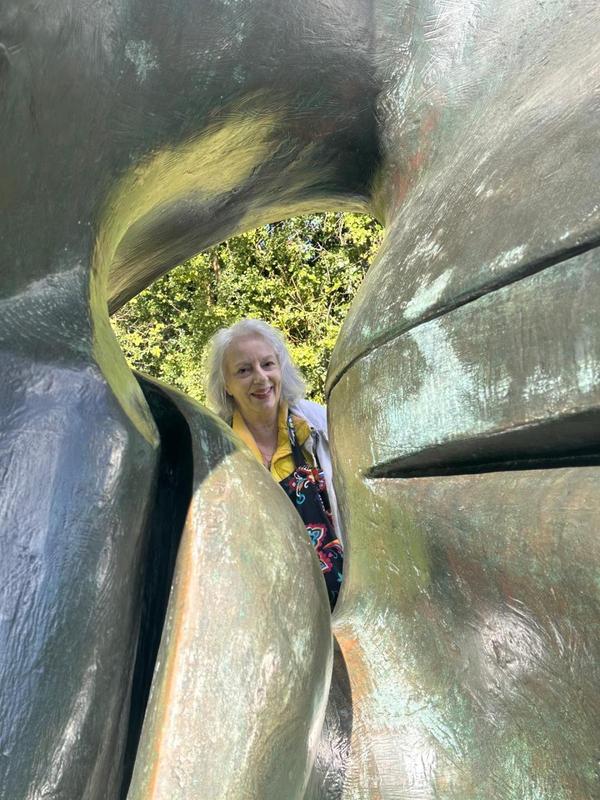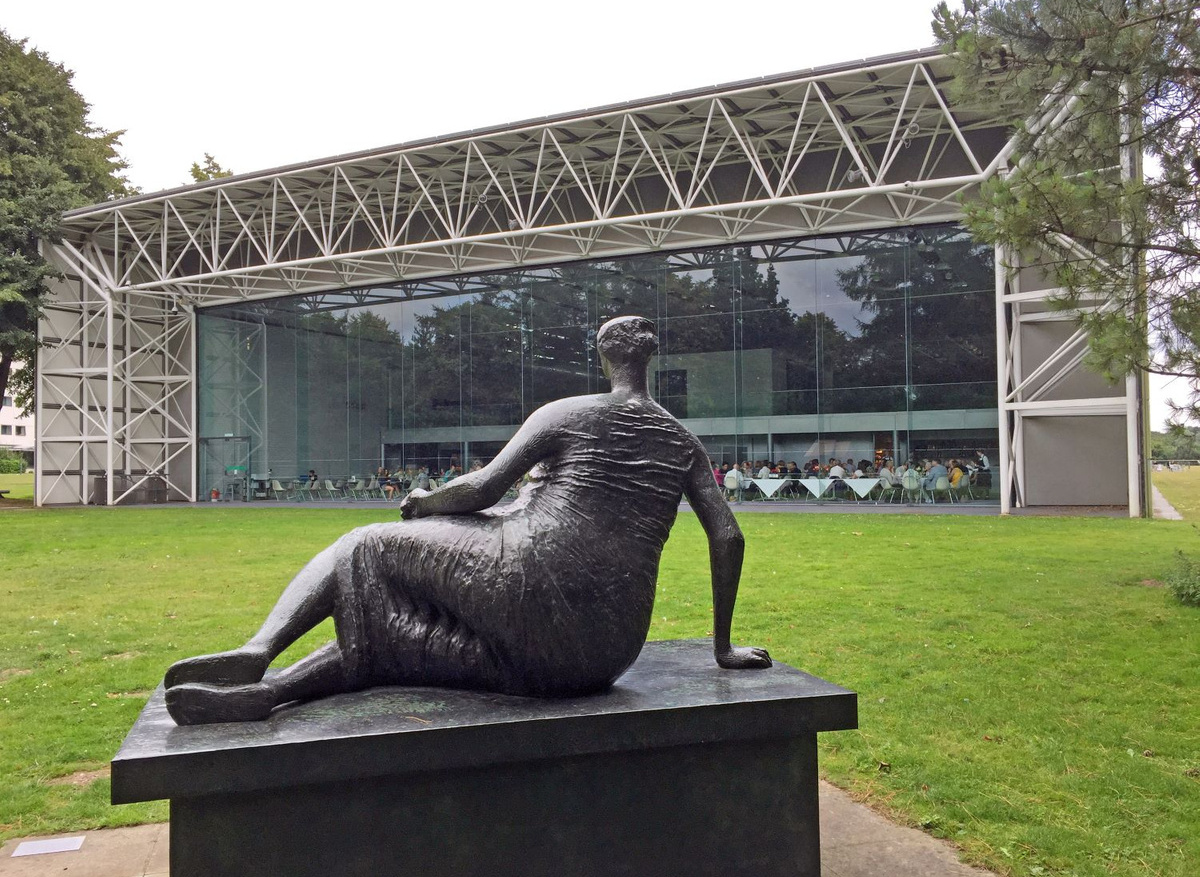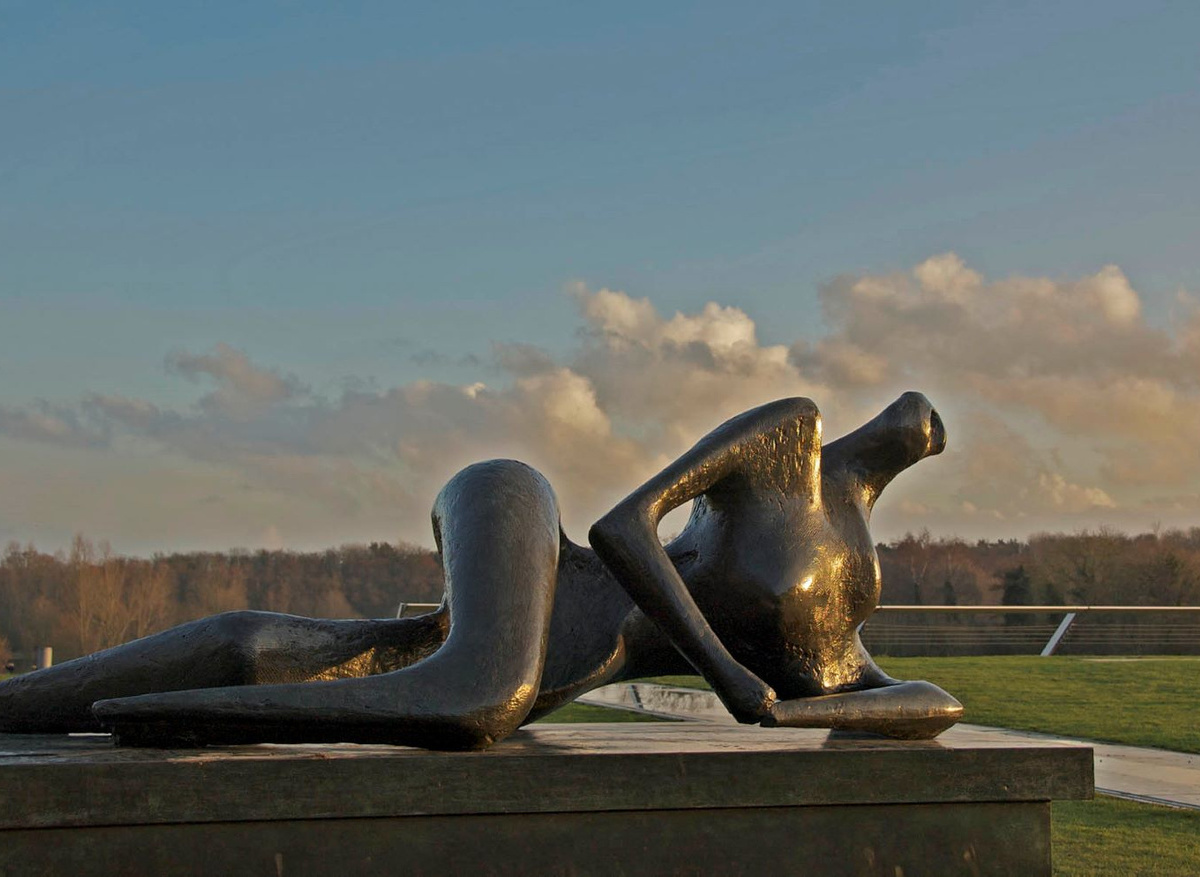Since 2023, the Sainsbury Centre for the Visual Arts outside Norwich has been making waves in the museum world. Their director, Jago Cooper, appointed in 2021, relaunched the museum as the first in the world to recognise art as alive. The museum’s model changed from seeing its collection as property that must be preserved and protected to one that instead understood its collections as living entities. This new perspective has sparked a debate: if a collection is truly alive, rather than preserving it at great expense, why do we not let art die?
In March, the Art Newspaper printed an article in its comments section titled “Works of Art are Living things – so should we let them die?”. The author, John-Paul Stonard, draws readers’ attention to the Sainsbury Centre’s change of policy from “considering works of art as property primarily requiring preservation and protection, to one that recognises objects and images as ‘alive and animate'". He bases this concept of a living force within art works on the concept that “makers and creators transfer their lifeforce and physically materialise it in their art”. This interpretation is surely conceptual.
The crucial question being what criteria might constitute the death of an art work? If judged by the makers ‘lifeforce’ manifesting itself, could this perhaps lead to artworks ‘dying’ as taste changes. Caravaggio would not have fared well, a point that has preserved several of his paintings tucked away in unfashionable gloom. What of our history and the different viewpoints that it is seen from? Images of the British Raj now hold the taint of Colonialism. Are these works deemed to have died and no longer be available for our descendants to see and perhaps learn from? What, in Stonard’s view is to happen to ‘dead’ artworks?
There is, however, another way in which art works ‘die’; through the deterioration of their materials, the base matter, of which they are made. Such materials do have more measurable life spans, some shorter than others. This is most evident in some contemporary works of art. First, we have all of them, including those made intentionally only to live ephemeral lives. With older works, Old Masters say, fire, flood, war and simple accidents have removed not just the ephemeral but an irrational swath of objects from the world and often from our knowledge. Thus if we are to build a picture of times past from the objects that remain it can only be partial.
The Natural Life Span of Art
Stonard questions “what it means for a work of art to die, and whether works should be preserved artificially beyond the term of their natural life.” But what is the natural life span of a work of art? Again this is easier to answer for certain, although not all, contemporary works. Those that have within the manner and materials they are made from inherent vice or latent defect. Even with all resources at conservators’ disposal such pieces’ lives will inevitably be short. Often, when such works deteriorate beyond a certain point, the best that can be done is document they once existed and then direct its mortal remains towards the skip. However, deaccessioning a work from a collection is no easy matter. One can’t simply get rid of something. It must be a carefully considered decision bound closely to institutions collections policy, which one hopes and trusts are not subject to temporary changes in taste.
On the other hand it is often a piece’s environment and situation that may ultimately spell its doom. Hurst Castle is a case in point. As the Hurst spit erodes, on which the fort first established by Henry VIII stands, the best its keepers English Heritage can do is ‘managed decline’. Likewise, the best conservators can hope to do is to slow artworks’ deterioration. They cannot be preserved in perpetuity. In years to come objects made from, say certain plastics, are unlikely to survive and convey their original purpose and form. Control of the environment, avoiding changes and fluctuations to the temperature and relative humidity in museums is certainly one of the tools conservators use to slow the aging of objects in their care. But deterioration cannot be arrested entirely. It is undeniable it is a costly tool through the energy it consumes. It is also an effective preservation tool in the conservators’ armoury. We have learned stable is safe.
Since at least 2011, long before Climate Change became a conscious, popular topic, the unsustainability of adhering to rigid environmental standards was raised at the International Institute for Conservation of Historic and Artistic works. So no matter that conservators have a desire for a stable environment the profession have recognised the conundrum. It should also be noted that not all museums are able to implement such measures. Nor do those that care for historic houses. The National Trust are not able to control the environments within every room of the many houses it cares for. The task is not possible, decisions have to be made on a case by case basis and consider many factors. Other methods are employed and sometimes it is the architecture itself that gives a stable environment. Despite the benefits in terms of the longevity to a work of art, those works that can be termed ‘Old Masters’ have come down to us have done so from centuries of un- or pre-controlled environments.
An Artwork's Resistance to Control
This is not to say that environmental control is not necessary. Art is fickle, and works can acclimatise themselves to what we may today think of as unsuitable circumstances. It is a feature that is difficult to harness and takes an extremely long time. Some pieces thrive in what we think of as unstable environments, others disintegrate. They seem to have minds of their own, not allowing conservators to choose for them. It is a matter of what they have become used to over centuries. It is change that is the enemy, this is the factor that may destroy a work of art, lead to its death, and impoverish those that can no longer see it or see it in a way that allows it to give its richest message.

DR Clare Finn ACR Peering Through a Henry Moore Sculpture
To read John-Paul Stonard’s original article, “Works of Art are Living Things – So Should We Let Them Die?”, visit The Art Newspaper


